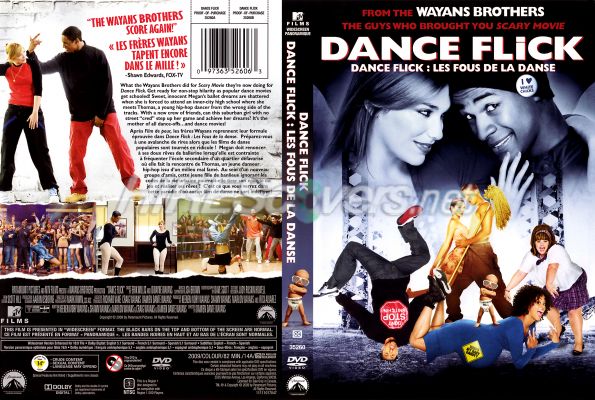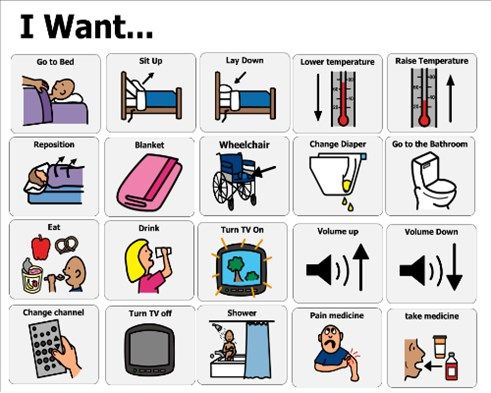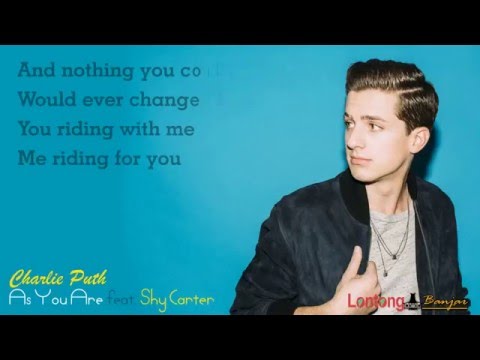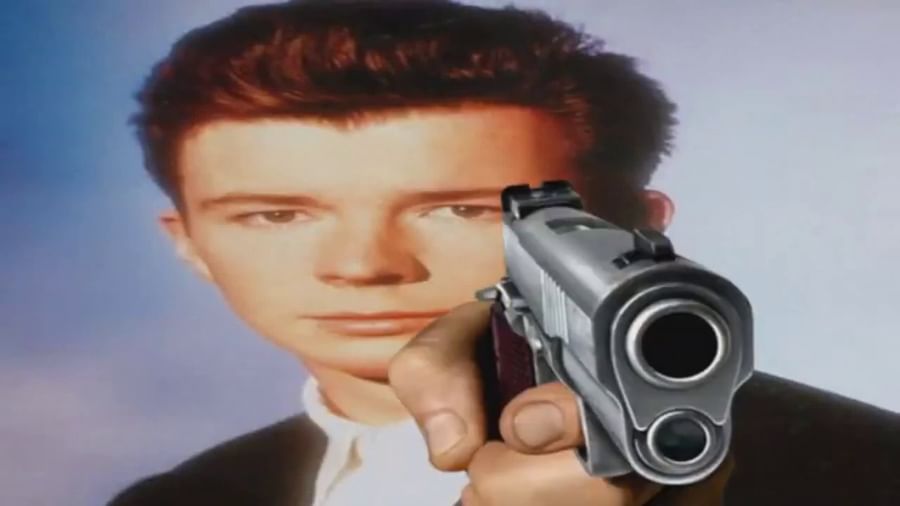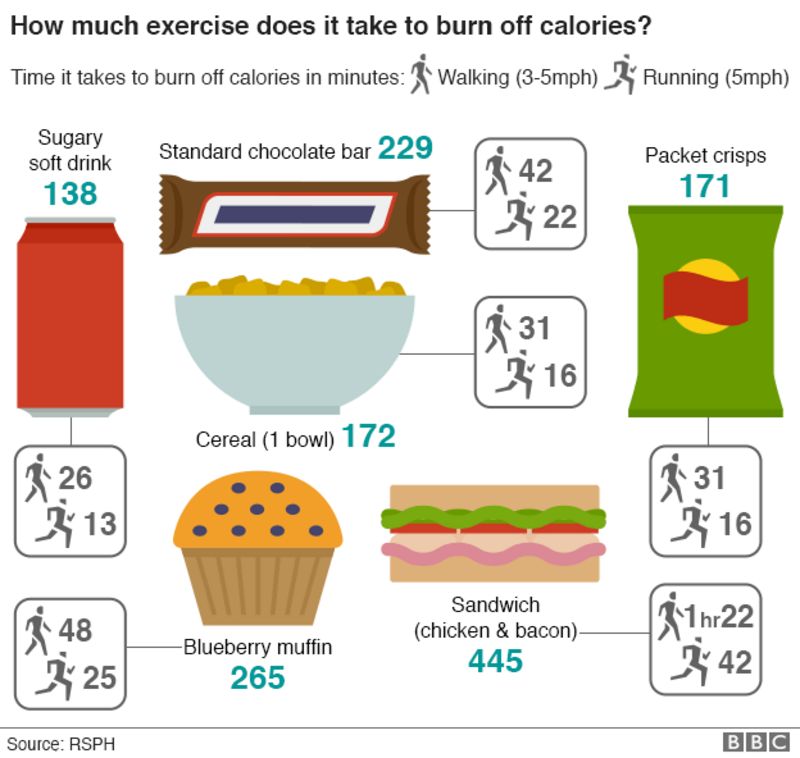How to crip dance
Crip Walk – Xzibit
Serena Williams reminded the Wimbledon tennis club crowd that although she’s now living the high life in the rich sport of tennis, she came from the tough streets of Compton. After beating Maria Sharapova in straight sets in the 2012 Womens Singles tennis final, William’s proceeded to celebrate by performing an impromptu Crip Walk. ‘I didn’t think it could get better than winning Wimbledon,’ an elated Williams said after the game. When asked about the Crip Walk, William’s said ‘I don’t think I’ve ever danced like that, I don’t even know where the dance came from.’
‘I didn’t think it could get better than winning Wimbledon,’ an elated Williams said after the game. When asked about the Crip Walk, William’s said ‘I don’t think I’ve ever danced like that, I don’t even know where the dance came from.’
Watch the short video of Serena below:
Serena William’s not only holds securing a career Golden Slam in tennis, she now holds the record of being the first sports person to do the C-Walk in the Olympics!
Crip Walk Pictures
Snoop Dogg doing the Crip Walk The Crip Walk
History
The Crip Walk originated in the 1970s in Compton, a suburb of Los Angeles, California. The Crip walk is often referred to throughout many rap songs, including Xzibit tracks such as “Get Your Walk On” and J-kwon’s “Hood Hop”. The C-Walk was originally a symbolic dance strictly for Crip gang members in the early 1980s in South Central Los Angeles, however by the early 1990’s the dance had evolved into a popular hip-hop dance. Today the dance is known to many as the “Clown Walk”. The dance was originally used by Crip members to spell out their names and other Crip symbols. Gang members would often spell out the word “Bloods”, the name of their rival gang, before crossing it out with a nimble movement of the feet. It is believed that the Crip Walk was used as a signal to initiate robberies – a lookout would scout out a location while other crip members watched and waited for the C-Walk to signal that the coast is clear. It is also believed that the Crip Walk was performed soon after the slaying of a rival gang-members.
The Crip walk is often referred to throughout many rap songs, including Xzibit tracks such as “Get Your Walk On” and J-kwon’s “Hood Hop”. The C-Walk was originally a symbolic dance strictly for Crip gang members in the early 1980s in South Central Los Angeles, however by the early 1990’s the dance had evolved into a popular hip-hop dance. Today the dance is known to many as the “Clown Walk”. The dance was originally used by Crip members to spell out their names and other Crip symbols. Gang members would often spell out the word “Bloods”, the name of their rival gang, before crossing it out with a nimble movement of the feet. It is believed that the Crip Walk was used as a signal to initiate robberies – a lookout would scout out a location while other crip members watched and waited for the C-Walk to signal that the coast is clear. It is also believed that the Crip Walk was performed soon after the slaying of a rival gang-members.
Today the C-Walk has received mass media coverage and now has now become mainstream after West Coast rap icons such as Ice-T and WC performed the dance live on stage. Rapper Snoop Dogg has made it very clear to his listeners that the dance is dangerous and should not be performed by non-gang members: Snoop Dogg – Streets “And just cause we talkin’, what you doin’ C-Walking? It’s not just a dance it’s a way a’ living Now if ya C-Walking, ya best to “see” Crippin’ And that goes for kids too, and R&B singers N1gga quit Crip-Walking if ya ain’t a gang banger” In an attempt to perform the same style of dance while distancing itself from previous ties, variations on the dance such as the Clown Walk have appeared. The original move has been now labeled The “V”. This move involves moving your body by making “V” shaped movements with the feet. Bouncing around in the “V” motion allowed gang members to spell out names and words.
Rapper Snoop Dogg has made it very clear to his listeners that the dance is dangerous and should not be performed by non-gang members: Snoop Dogg – Streets “And just cause we talkin’, what you doin’ C-Walking? It’s not just a dance it’s a way a’ living Now if ya C-Walking, ya best to “see” Crippin’ And that goes for kids too, and R&B singers N1gga quit Crip-Walking if ya ain’t a gang banger” In an attempt to perform the same style of dance while distancing itself from previous ties, variations on the dance such as the Clown Walk have appeared. The original move has been now labeled The “V”. This move involves moving your body by making “V” shaped movements with the feet. Bouncing around in the “V” motion allowed gang members to spell out names and words.
Variations Other variations have been developed, such as:
The Shuffle – This involves moving the feet backwards and forwards. This style of dance appears in Snoop Dogg’s music video “The Streets”
The Heel-Toe – This move involves crossing on leg to make a part twist with the toes and heels. This move involves your right foot being directly at 90 degrees behind the left foot to make the partial twist. It is said to be a much harder move to learn. This move has recently been popularized as one of the major Clown Walking techniques.
This move involves your right foot being directly at 90 degrees behind the left foot to make the partial twist. It is said to be a much harder move to learn. This move has recently been popularized as one of the major Clown Walking techniques.
The Snake – This is another Clown Walk movement. The dancer must move his front leg left and his right on his heel, shortly being followed by his back leg.
Misspelled and Altered spelling In recent times The Crip Walk or C-Walk has been referred to as the “Crypt walk”, “Krypt walk” and “Krip walk” – Possibly by mistake, or possibly to remove all reference to the original dance.
Dance Origins believes The Top 10 Songs to Crip Walk to are:
1 – Xzibit – Get your Walk On 2 – Xzibit – Multiply 3 – J-kwon – hood hop 4 – 2Pac – Loyal to The Game 5 – Westside connection – gangsta nation 6 – Tonedeff -Heads Up 7 – Xzibit – Alkoholik 8 – Mase – Breathe, Stretch, Shake 9 – 2pac – Still Ballin 10 – Cunninlynguists – 616 Rewind
Crip Walk Steps – How to do the Crip Walk The How to Crip Walk Steps
a) Stand up with both feet together.
b) Jump & turn towards the right slightly.
c) Land with right foot in front on heel & left foot towards the back on toes.
d) Jump & turn slightly to the left and land how you began, with both feet together.
e) Do the same with left foot in front as you turn slightly to the left.
Explanation First stand up tall & relax. It will look strange if you’re all tense. Now, position your feet about 3 inches apart. For people right handed, start with your right foot, for people left handed start with your left foot. Now make a baby step hop on to your better foot. Your foot should end up at a 45 degree angle & your toes should be up with your heel on the floor. Then you slightly bend your knees & put your foot down. Repeat the same pattern with your other foot. It sounds pretty confusing, but it’s not. It just takes time & effort.
Tip: You can add some quick jumping to the left and right rapidly, harlem, wave, whatever for style.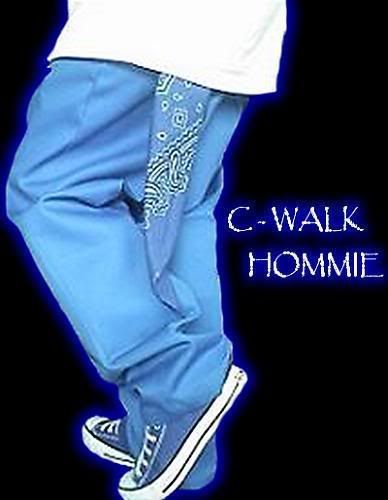 But for the basic concept of crip walk, the above explains it well.
But for the basic concept of crip walk, the above explains it well.
Thanks to hiphopjamz.com for the Instructional Guide.
How to Crip Walk: Read This Guide to Master the C-Walk
Tripboba.com - The Crip Walk or known as C-Walk was hyped in the 1970s in Compton, California. Nowadays, the dance step of The Crip Walk is quite famous in pop culture. Besides, many videos in TikTok even display C-Walk dancing videos.
Recently, dozens of tutorials and videos of how-to Crip walk have been posted and performed by many teenagers. If you want to make your friends impressed by the dance move of the old West Coast dance, you can follow these steps.
Here’s how to Crip walk easily. Here we go!
How to do the Crip walkPhoto by Tx mama on Flickr
For those of you who want to know more about how to Crip walk, follow the steps below.
1. Learn the history of the Crip walk effectPhoto by jhareed ayers on Flickr
The first step of how to Crip walk is to understand and learn the history and the effect of the Crip walk. The Crip walk is a kind of controversial dance move which started during the 1970s in South Central Los Angeles, among individuals from the Crip gang.
The Crip walk is a kind of controversial dance move which started during the 1970s in South Central Los Angeles, among individuals from the Crip gang.
Formerly, the foot movement used in Crip walking was intended to spell the letters "C-R-I-P" and was used to show group alliance at parties and other gatherings. Afterward, the dance was used as a mark by Crip gang members after they had done a crime, as the foot movement would leave particular random marks on the ground.
Because of these affiliations, Crip walking was prohibited from a big number of schools in certain L.A. neighborhoods, while MTV would not play any rap or hip-jump videos, (for example, those by Snoop Dogg, Xzibit, and Kurupt) containing the Crip walk.
Nowadays, the Crip walk has been appropriated by American culture and generally is no longer planned to show the affiliation of the gang. Nevertheless, it is necessary to know about the history as well as the implications of the Crip walk, as performing it could even now possibly cause offense in specific circumstances.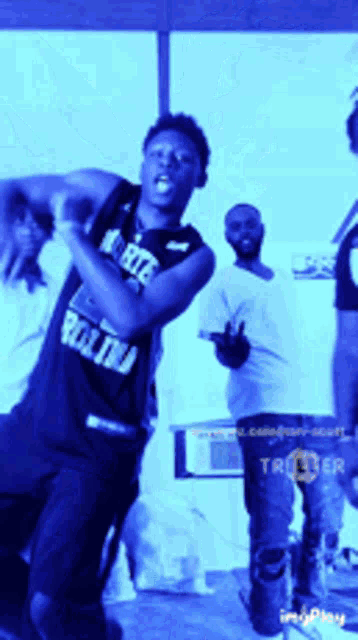
Photo by JKT-OS on Flickr
The second step of how to Crip walk is to learn the shuffle. The shuffle is the most essential part of the c-walk. To shuffle, you need to stand with your right foot planted strongly on the ground and your left foot reached out in front of you, balanced on the ball of your left leg.
Now, turn around this situation by standing strongly to your left side foot. Meanwhile, your right leg is extended out in front of you, well-balanced on the ball of the right leg. Bounce as you switch your feet, hence the switch is finished in one smooth motion.
Continue bouncing and switching your feet. This is the essential shuffle movement. You can make it more intriguing by moving sideways or around as you hop, or by keeping a similar foot forward in a double bounce.
Variation: A typical variation shuffle step is the shuffle kick. To do the shuffle kick, make stable your front foot on the impact point instead of the toe and give it a flick aside.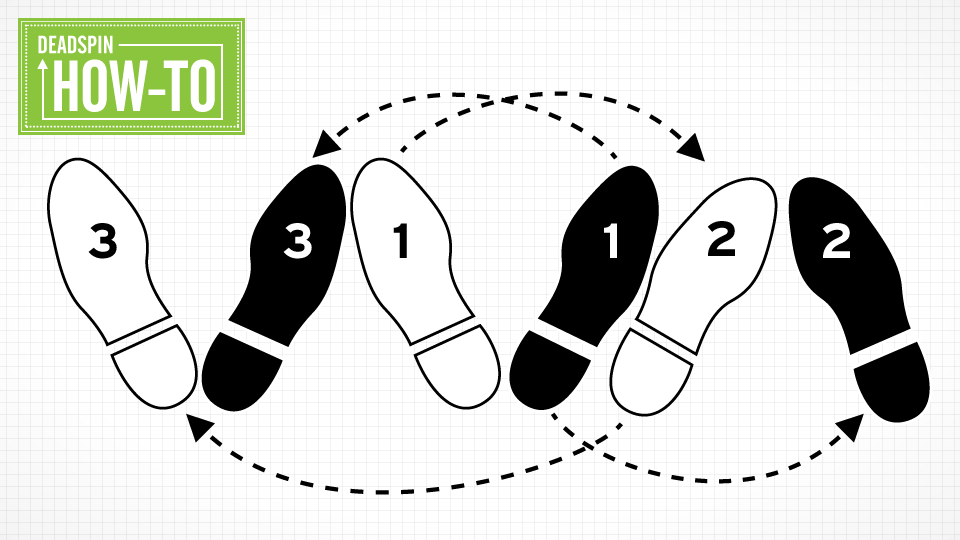
Shifting back and forth between the basic shuffle step and the shuffle kick will add more taste to your Crip-walk.
Photo by stjamesyouthministry on Flickr
The third step of how to Crip walk is to learn the V. The V is likely the most famous and unmistakable part of Crip walking. To begin, you have to stand with your heels together and your toes pointed outwards, forming a V shape.
4. Learn the HeeltoePhoto by Gerd Altmann on Flickr
The fourth step of how to Crip walk is to learn the heeltoe. The heel to toe is maybe the hardest piece of the Crip walk and will require some practice.
Type one: Turn so your body is confronting diagonally towards the right. After that, put your left foot forward, adjusting on the impact point. Turn to your left side impact point and the chunk of your right leg until your body is confronting diagonally towards the left.
Now, you need to bounce and switch feet so your right leg is in front, adjusted on the impact point, and your deserted foot is.-Step-18.jpg/aid1640374-v4-728px-Shuffle-(Dance-Move)-Step-18.jpg) Continue practicing this movement until you get it quick and smooth.
Continue practicing this movement until you get it quick and smooth.
You are able to add some variety to the movement by doing a twofold heeltoe - do the heeltoe as ordinary. But, rather than switching feet, attempt to turn a similar way twice, keeping a similar foot in front.
Type two: The second kind of heeltoe is basically equivalent to the first, with the exception of one significant difference. Rather than balancing on the ball of your back foot, attempt to balance on your toe. After that, rather than turning on your toe, drag it over the ground as you change directions.
Type three: The third type of heeltoe includes a similar movement as the first, then again, actually you continue practicing the heeltoe with a similar foot in front while moving one way.
In this way, beginning with your body confronting diagonally towards the right and your left heel in front, turn so your body is facing diagonally towards the left. Now, rather than switching feet, hop back to the beginning position (confronting the right, left impact point in front) and repeat the movement.
Photo by Mabel Amber on Flickr
The fourth step of how to Crip walk is to put those movements together. A decent Crip walk will include a blend of the movements explained above, with many variations and as much close to personal style tossed in as possible.
Dances
Author: Pavel Gather
Psychologist, Lecturer Salsa and Tango
Dances
Author: Pavel Pavel
Psychologist, Lecturer Salsa
on At the start, you always want to get a quick result. When it doesn't happen, the hypothesis arises that everything takes time. After a conditionally acceptable time, humility comes to mastering pair dances, which, perhaps, is not given, and I will just do what I learned somehow. nine0003
This is the most common story of those who believe that the mere act of attending a pair dance class is enough to learn how to dance.
Absolutely not. If you want to really dance well, you have to make an effort outside of the dance class. A good teacher will definitely be needed, but the initiative should be on your side.
1. Listen to music
The most common and accessible advice that is given already in the first lessons. And it definitely works. Music creates a certain atmosphere of the dance and intuitively you want to move to it. It doesn't matter where you listen to music - in the car, on headphones while walking or doing household chores. nine0003
An addition that will help you dance better is your active participation in the music. Sing along, dance or simply beat musical accents with any free parts of the body. In the subway, for example, it is enough to tap out bright moments with your fingers, in the car to sing along with sounds, and at home you can jump for pleasure.
2. Watch videos of good dancers
It's complicated, but also obvious. It’s more difficult, because without recommendations from more experienced dancers, unfortunately, it’s not so easy to find a good quality video on the net (I mean not the resolution quality, but the content itself). nine0003
It’s more difficult, because without recommendations from more experienced dancers, unfortunately, it’s not so easy to find a good quality video on the net (I mean not the resolution quality, but the content itself). nine0003
Meaningful video viewing is about building an understanding of HOW dancers make a particular impression on a partner or viewer. Technology is at the heart of everything. Understanding how the pros do it is a big step forward.
It is important to distinguish a show from a disco dance, a staged performance from an improvisation, a stylized dance from an authentic one, etc. Ask for recommendations and dance teachers will always throw off a couple of videos of worthy landmarks. nine0007
Tango Z. Showreel.
Online modern tango courses
Tango nuevo is the most advanced version of tango. We can quickly learn to dance from zero to a steep level.
| View details |
3. Dance in salsatecas/milongas/discotheques
A very delicate moment when it is worth coming to the first party. From a technical point of view, most students in 1-3 months have a sufficient set of figures and techniques to come and dance calmly. Psychologically, the same moment can be stretched out for an indefinite time. After all, it is imperative to “not lose face”, “learn more figures” and be sure what to do in case “there is an unfamiliar movement”. nine0003
From a technical point of view, most students in 1-3 months have a sufficient set of figures and techniques to come and dance calmly. Psychologically, the same moment can be stretched out for an indefinite time. After all, it is imperative to “not lose face”, “learn more figures” and be sure what to do in case “there is an unfamiliar movement”. nine0003
In fact, the partygoers don't really care (except for a small layer of non-professional teachers who want to help inexperienced dancers by treating them as customers in the future). It is important to come and try dancing after a month of classes. You can only with friends or guys from your group. This will be enough to feel the adrenaline and inspiration from the dance.
4. Dance with partners or partners not of your level
The conventional wisdom that you need to practice in groups of your level does not withstand the test of experience. Perhaps now your eyes widened in surprise, and you want to meaningfully read the phrase again. Yes, you saw everything correctly: when you dance with a partner of your level, you don’t grow anywhere. nine0003
Yes, you saw everything correctly: when you dance with a partner of your level, you don’t grow anywhere. nine0003
It's important to understand that not only does it work one way and you have to dance with cooler dancers, but it works even more effectively the other way. It is no coincidence that teaching pair dances dramatically raises the level of the teacher himself. You have an endless stream of very beginner dancers.
How it works. A more experienced partner needs to be "stretched". It's easy and obvious. With beginners, you need to take more initiative on yourself, see the general pattern of the dance more widely, turn on and insure more, try to be an example and be more careful. The quality of interaction begins to grow significantly. And wonderful partners too. nine0003
Dancing with partners of your level doesn't make you grow. Dance with both beginners and more advanced dancers
Dominican Bachata Women's Style Online Course
Want to learn how to hypnotize those around you with the most appetizing part of your body? On the course we will tell you all the secrets.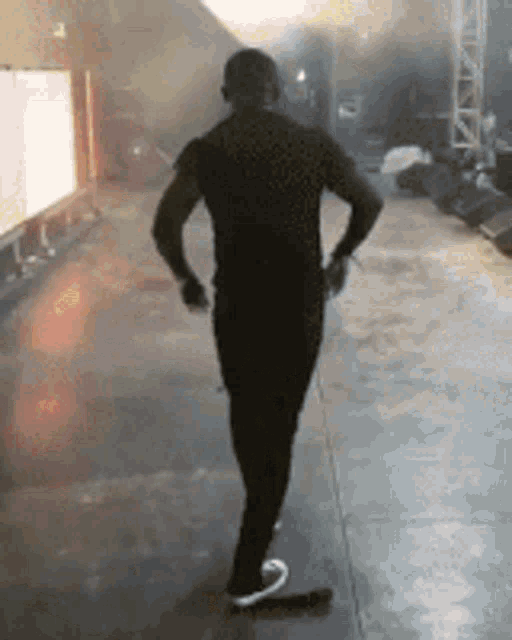
| Interesting |
5. Learn to dance for a partner and for a partner
Turks and Argentines are one of the best partners in the world. In Russia, partners are highly valued. Why? The answer is simple. In Argentina and Turkey, it is not questionable for men to ask another man to lead in one piece or another and give feedback on the quality of the lead. For them, it will be a great shame to hear moralizing from a partner, or even more so to be known in the community as an insecure partner. nine0003
In Russia, due to the constant, often far-fetched, opinion that there are more women in pair dances, partners calmly get up and study their partner's part. Such partners then grow into very cool dancers and teachers. In no case do this at parties, only in class. Here we are talking only about the learning strategy. At parties, be yourself.
6. Do not memorize the links
Always try to look deeper and understand the through principle and idea of movement. Understanding what and how is done will make it possible to independently generate any sequences and chips. nine0003
Understanding what and how is done will make it possible to independently generate any sequences and chips. nine0003
Human memory is limited and there will always be a moment when something will escape and your repertoire will be limited by the size of RAM.
In Argentine tango, for example, there are seven levels of movement construction that, when mastered, will allow you to make millions of combinations. And how many dance sequences can you really remember? In rueda, more than 150 figures dance in a rare circle. It's hard to keep more in mind.
7. Develop your body
Many years of experience in teaching couple dance shows that as soon as everyone pairs up in a class, any progress in individual style ends. But it is the individual style that distinguishes everyone at the disco: partners change, and style is always with you. nine0003
The body as the main instrument of dance must be very plastic, responsive and emotional. Surprisingly, not all pair dance schools have a general physical warm-up.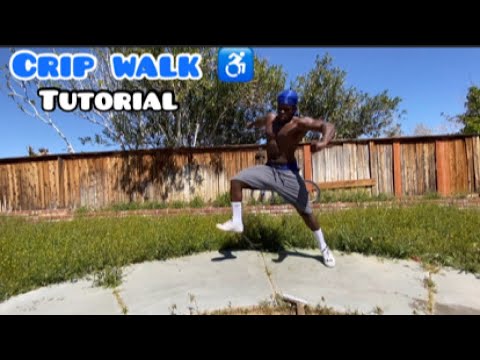 It is vital to tune the body and understand how it works.
It is vital to tune the body and understand how it works.
You can always train extra and concentrate more on the basic steps, as their true value is as body work. The sequence of steps is, in fact, the simplest thing that can be in pair dancing. The quality of individual performance determines the craftsmanship. nine0003
8. Try on the images of inspiring dancers
A psychological life hack for those who have already mastered the steps, but still feel that there is not enough brightness and drive. Most are terribly afraid of being someone else's "clone". Here the action is the same as under the influence of hypnosis - the more you resist, the more you plunge into an altered state of consciousness.
With a high degree of probability, you are already dancing like someone else's "clone". A meaningful fitting of someone else's image is that you mentally take the image of the one who inspires you (inspiration is critical in this case) and "put on" yourself. Then you start dancing and trying to feel in general how it is to be able, for example, to be the best partner or the sexiest partner in a disco. This is much more difficult than it seems. But it works extremely efficiently. nine0003
Then you start dancing and trying to feel in general how it is to be able, for example, to be the best partner or the sexiest partner in a disco. This is much more difficult than it seems. But it works extremely efficiently. nine0003
9. Dance to offbeat music
Habitual rhythms keep you tight. Tango salon or speedy timba leave little room for experimentation and fantasy. Pattern dancing is always noticeable and is reserved for beginners.
The truly new is born outside of the usual. Look for places to experiment. If there is no place, organize self-training. The main thing is not to get carried away, because music determines the style. We bring something new to pair dances, rather than trying to change them. nine0007
Search, improvise, don’t be afraid to go beyond, develop in different directions, be inspired by music atypical for the style
10. Try your hand at basic dance directions
dances exist according to their own non-choreographic laws.
This is the deepest delusion, which has turned into a ceiling for the qualitative development of partner dances. After all, all professional dancers, for example, in salsa or bachata, build their ideas on the basic choreographic principles. nine0003
Do not think that choreography is only applicable on stage. Any meaningful movement of the body can be choreographic. In general, try classical or modern choreography. Basically, hip-hop can work too.
11. Look for battle sensations
Pair dances return us to an active position of manifestation of our body. As in the days of our ancient ancestors, we impress the members of the opposite sex by how dexterous, hardy, sexy, etc. we are. Modern laws of the jungle in the entourage of large cities. nine0003
If you look around the dance floor, it becomes clear that the majority are clearly herbivores (not in the sense of vegetarians, but in relation to those around them). I am sure that predators are always more interesting in terms of the attractiveness of the image - try to find a counterbalance among herbivores, for example, a cat woman or a lion man.
I am sure that predators are always more interesting in terms of the attractiveness of the image - try to find a counterbalance among herbivores, for example, a cat woman or a lion man.
The conversation is about an internal position, not about aggressiveness. Lability and lack of control are inherent in adolescents, and not in adult self-sufficient people.
Accordingly, even a training or friendly battle gives, on the one hand, practical skills - to make a bright sequence of movements, bring an idea to a climax, show a spectacular feature, on the other hand, develops the psychological basis of the dance - self-confidence, resistance to extraneous attention, self-control and self-control in complex elements. nine0007
12. Communicate with professionals
The environment shapes the internal position. Basically, real passionaries of the dance community are ready to openly talk, discuss and support the development of dance in every possible way. Universal principles and the ideas they articulate have a much longer and more practical perspective than meets the eye.
Universal principles and the ideas they articulate have a much longer and more practical perspective than meets the eye.
Accept that, for example, behind the words "listen to your partner" is not only a beautiful metaphor, but also a practical skill to literally listen to your partner. At the same time, always treat every thought, even the most respected teacher, as a private opinion. nine0003
Your skill will lie in finding the scope of the idea even in conflicting opinions. Most often, the contradiction is speculative and the truth lies in the angle of perception or situationality.
Your dancing growth will stop sooner or later. This can happen at the level of three basic steps or years of experience in teaching and show performances. Regardless of your level, the suggested 12 life hacks can get you off the ground and greatly accelerate your dance growth. There is no way here without your motivation and activity. Take your dance development into your own hands. nineOl000 Dangerous sexuality
Salsa: destroyers of stereotypes
Couple dancing as a source of strength.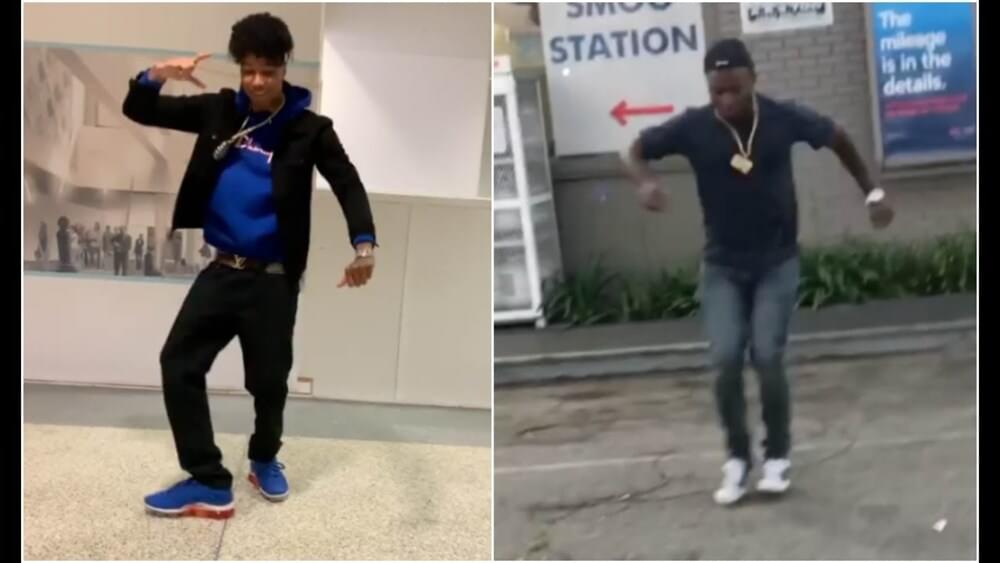
Self-destruction of the couple dance community
The Salsa series as a mirror of the community
Mamita Fridays: salsa, bachata
Destroying the myths about leading pair dances
Does dancing make us better?
The seven deadly sins of teachers
Why we will never dance bachata like the Dominicans
Why tango?
Dispute over musicality
Selection of dances according to alcohol preferences
Where to find inspiration for dancing? nine0003
Terrible tango nuevo
Distribution of roles in a salsa party
Argentinean tango through the eyes of a salsa dancer
Is there a predisposition to dancing?
Which is more effective: individual or group lessons?
Sexual connotations in couples dancing
How to dance at a party: advice from British GQ editor-in-chief Dylan Jones
The main thing to remember when throwing yourself on the dance floor: no one is looking at you. Do not be afraid that you will be laughed at and that everyone is just waiting for you to get tangled in your own feet. Believe me, no one is interested in this, especially if you behave decently. nine0003
Do not be afraid that you will be laughed at and that everyone is just waiting for you to get tangled in your own feet. Believe me, no one is interested in this, especially if you behave decently. nine0003
In case you have zero experience in dancing - or if you've ever tried and didn't like it - you need to learn two simple truths first. Firstly, women like it when a man dances well, so if you are a complete layman in this matter, you should strain yourself. Secondly, no one expects great things from you in all your endeavors. Personally, I am able to dance to anything, but when a DJ puts on I'm So Excited by The Pointer Sisters or something in the style of drum and bass, I immediately leave the dance floor. Not because I don't like such compositions - although at my age it would be forgivable - but because they are difficult to dance to. Not everyone can rock to any song, so if it has too many beats per minute, or a particularly jagged rhythm, or is too slow (like Just Be Good to Me by the SOS Band), feel free to go to the bar. Don't like reggae? Run to the toilet. Can't help laughing at the new Coldplay hit? Sit down. nine0003
Don't like reggae? Run to the toilet. Can't help laughing at the new Coldplay hit? Sit down. nine0003
If you don't know how to dance at all, but circumstances require it, move by feel. Do not kick your legs - work with your body; bending your elbows, squirm with dignity to the beat of the music. It's really easy! Soon you will become bolder and begin to vary your dance moves; do it in proportion. No one expects you to turn into John Travolta - all his exploits in "Saturday Night Fever" were staged by a professional choreographer, so you should not go out of your way. nine0003
A few more important points. Don't slow dance unless you're holding a woman in your arms. Don't try to act like Bruce Springsteen from the Dancing in the Dark video or Kevin Bacon from the movie Loose and dance like a rocker, throwing out your arms and legs at the same time, like a drunken doll. It would also be nice to learn some traditional dance - for example, tango. The easiest way to learn is the twist, which can be danced to anything from Chubby Checker to George Michael's Faith.

